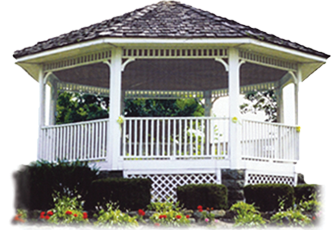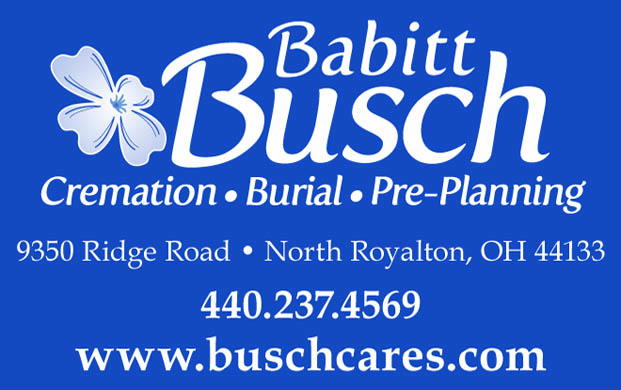With Spring upon us, the weather can turn from a lovely day to a treacherous day within a short amount of time. As with many potential disasters, preparation is key in overcoming the effects, or even surviving.
The first step in being prepared is knowing that a potential danger exists. No matter what season, one way to be prepared is to sign up for the ReadyNotify system. The mass notification system, called ReadyNotify is used by Cuyahoga County and participating municipalities and has been used to issue emergency notifications to the public. ReadyNotify is similar to the North Royalton School District’s communications system that alerts parents of school closures and other important information. The system utilizes telephones, cell phones, text messages, or emails to send a message to the members of the community, or all of Cuyahoga County.
North Royalton City Council previously adopted legislation that authorized the Mayor to enter into a memorandum of understanding with Cuyahoga County in order to access the system, which gives them the ability to send notifications to residents. The program is free of charge to residents, with the cost being underwritten by Cuyahoga County. By registering, residents can receive information regarding emergency events, water boil alerts and safety messages. Participation in the program is voluntary. A valid email and phone number is needed to sign-up and the information requested includes address, your primary language, and if you require any special assistance during an emergency event. During sign up, you will be asked to indicate how you want your information delivered. Those residents who are not currently enrolled can do so by visiting the county’s website, https://www.cuyahogacounty.us/ready/readynotify/readynotify. Questions can be directed to 216-443-5700.
The Cuyahoga County Office of Emergency Management urges residents to be prepared for possible severe weather, including flooding, tornadoes, and thunderstorms that can produce large hail and high winds. In the United States, tornadoes cause a yearly average of 62 deaths. Every year, some 1,500 tornadoes produce winds up to 250+ miles per hour. They can be as large as a mile wide and can stay on the ground for fifty miles. To prepare for the onslaught of a tornado, choose a room to head to with the least amount of windows in the lowest section of the building, whether it be your home, or place of employment. Tornado warning signs include a wall cloud, dark, sometimes greenish colored clouds, large hail, a funnel cloud or a noise that sounds like roaring.
The spring and summer are when thunderstorms occur most frequently. These storms can include winds of over 125 miles per hour, often accompanied by hail that can range from pea-sized to larger than a softball. To prepare for these strong winds and hail, secure lawn furniture, trash cans, and anything that is hanging, as these items can be picked up by the wind and become a projectile. During regular maintenance of your yard, remove diseased and/or damaged limbs from trees, so they won’t break off and hit your home or car. Lightning that is produced by thunderstorms results in about 50 deaths and 300 injuries yearly in the U.S. If you can hear thunder, you are close enough to be struck by lightning. Teach children to remember, “if thunder roars, go indoors.” Also, it is advised that during a thunderstorm, you do not take a bath, a shower or use plumbing.
In the United States, flash flooding is the top weather-related cause of death, with an average of over 70 deaths yearly. As flash floods can occur suddenly, it is best to be prepared to evacuate immediately and head for higher ground when a flood warning is issued. If in a vehicle, remember to “Turn Around – Don’t Drown!” Cars can be swept away by less than two feet of moving water. A person can be swept off their feet in six inches of water.
It is also advised that you assemble a disaster supply kit, including food, water, clothes, copies of financial and other important documents, first aid items and medical supplies. Create a family plan, selecting a location to assemble and practice that plan. Learn first aid and CPR, how to use a fire extinguisher and how to turn off the gas, water and electricity in your home.
By GLORIA PLEVA KACIK
Contributing Writer














